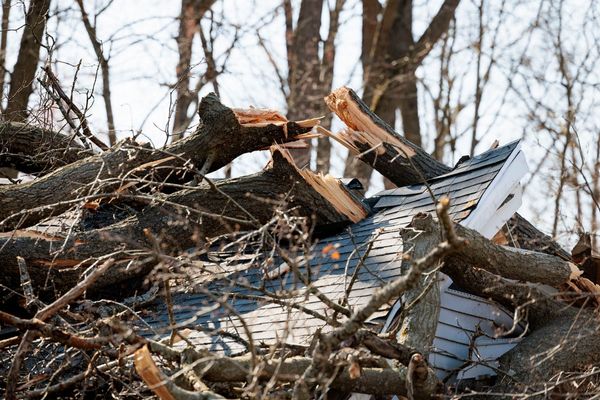
The largest English vineyards increased their revenues by 15% last year, as wine investors respond to the climate crisis by planting more vines.
While the UK still languishes well down the list of the largest wine-producing nations, below countries such as Uzbekistan and Tunisia, the industry’s output has soared in recent years, rising by 77% last year to 161,960 hectolitres, equivalent to 21.6m bottles.
Analysis of Companies House filings for the seven largest vineyards shows that their turnover, led by Kent-based Chapel Down, rose from £32m to £37m last year, more than three times higher than the £13m recorded in 2018-19.
One of the drivers for growth has been the “improved growing conditions in the UK as a result of climate change,” according to accountancy UHY Hacker Young, which reviewed the companies’ accounts.
But the flip side of rising global temperatures is the risk that grape production in more traditional wine-producing countries is under threat.
“Some of the investment in the UK by foreign wine producers is partly driven by their desire to diversify production away from areas where crop yields are being damaged by climate change,” said UHY Hacker Young partner James Simmonds.
“New investors with deeper pockets are providing new capital for vineyards and are allowing UK winemakers to fund new production,” he added, pointing to vineyard tourism and on-site restaurants proving fertile terroirs for growth.
The amount of wine grown in the UK – the vast majority of which is produced in England and referred to as “English wine” – has increased significantly and has led to producers such as Chapel Down, Gusborne and Roebuck Estate winning acclaim on the world stage.
South-eastern England is conducive to the production of sparkling wine in particular, due to the similarity of its topography to the Champagne region of France.
But total output remains tiny in comparison with powerhouses such as France, Italy and Spain.
France, the world leader, produced 48m hectolitres (mhl) in 2024, about a fifth of the global total and nearly 300 times the UK’s output.
However, the second- and third-placed wine-producing nations, Italy and Spain, witnessed a decline in production, with the International Organisation of Vine and Wine (OIV) highlighting climate effects such as drought and heavy rain.
Of the OIV’s list of 21 “major” producers, Switzerland ranks last, with 1 mhl of wine flowing from its vineyards in 2023, about six times UK output.







